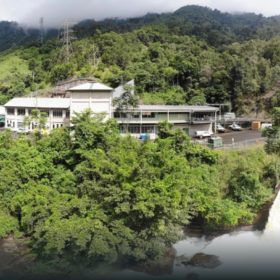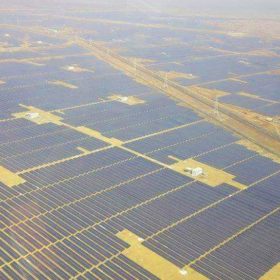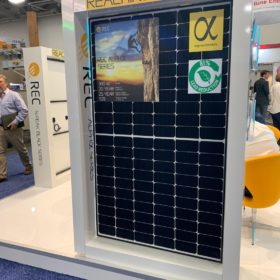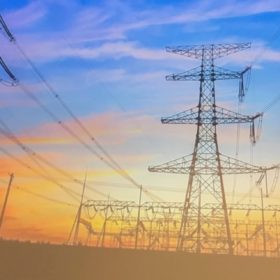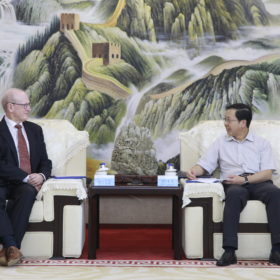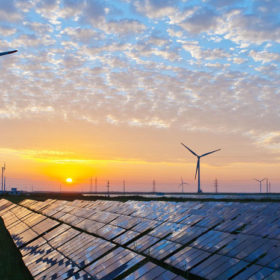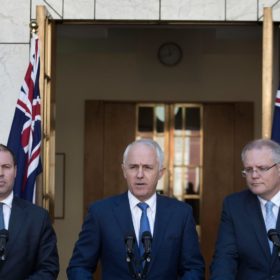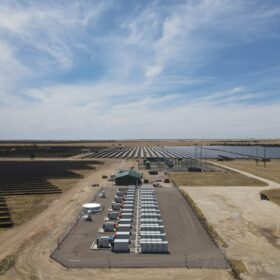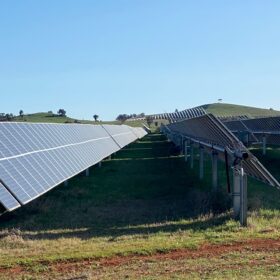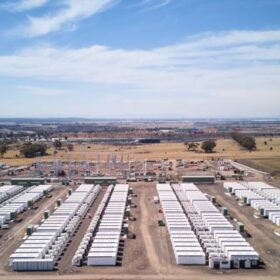Tesla’s all-electric ute verging on reality
Telsa CEO Elon Musk has continued to tease the upcoming November release of the company’s all-electric ute. In a tweet Musk suggested the design resembled an “armored personnel carrier”.
Innovative agreement sees QLD water help carry solar to the grid
Pacific Hydro’s Haughton Solar Farm in Queensland has signed an innovative network support agreement with Stanwell Corporation (Stanwell), a QLD government-owned corporation and the largest electricity generator in the state.
AC Energy and UPC Solar form new JV for Asia Pacific
The joint venture company targets the construction of over 1 GW portfolio in the next few years, with an initial focus on India, South Korea and Taiwan.
Hydrogen powered mining trucks are coming
The building-sized trucks run on diesel and prompt logistical complications as large amounts of diesel must be shipped to remote mining sites. Attempts to decarbonize the mining sector will have to consider the heavy-duty vehicles.
REC to launch Alpha Series in Australia
The Norwegian solar manufacturer is planning to debut its Alpha Series heterojunction (HJT) modules at next week’s All-Energy event in Melbourne. Touted as the world’s highest power 60-cell solar panels, the new series promises over 20% more energy production than other modules with the same footprint and added value for home owners.
AEMC proposes to overhaul energy pricing and transmission
The Australian Energy Market Commission (AEMC) has released a discussion paper toward a blueprint for the coordination of generation and transmission investment. The draft proposal seeks to overhaul wholesale pricing and transmission access toward lowering electricity costs and the ever-increasing risks inherent in getting new renewable energy generation into the network.
Lyon Group and China Huadian join forces in the war on curtailment
Solar infrastructure developer Lyon Group has strengthened its ties in the Asian markets through a significant joint-venture with two of Asia’s largest energy generators. The agreement will see integrated battery storage systems utilised to reduce the risk of curtailment and increase the flexibility of renewable energy plants.
Australia is transitioning to clean energy the hard way, Grattan Institute report shows
Public policy think-tank Grattan Institute has released a new report on energy policy, or lack thereof. The report, entitled Power Play: How governments can better direct Australia’s electricity market, makes a comprehensive overview of the current state of affairs and makes concerted recommendations.
“I said ‘Lord Howe!’” Iconic island to receive solar + battery storage installation
Lord Howe Island is set to finally receive a solution to its energy problems with the installation of a solar + battery storage system that will reduce its reliance on diesel fuel.
The Turn of the Bull, Turnbull squares up at the Liberal Party
Former Prime Minister Malcolm Turnbull has sharply criticised the Liberal Party for its inability to provide a coherent national energy policy. Turnbull questioned the conservative integrity of his old party on its 75th anniversary as the federal policy vacuum continues to have adverse effects on the market and renewable investment.

